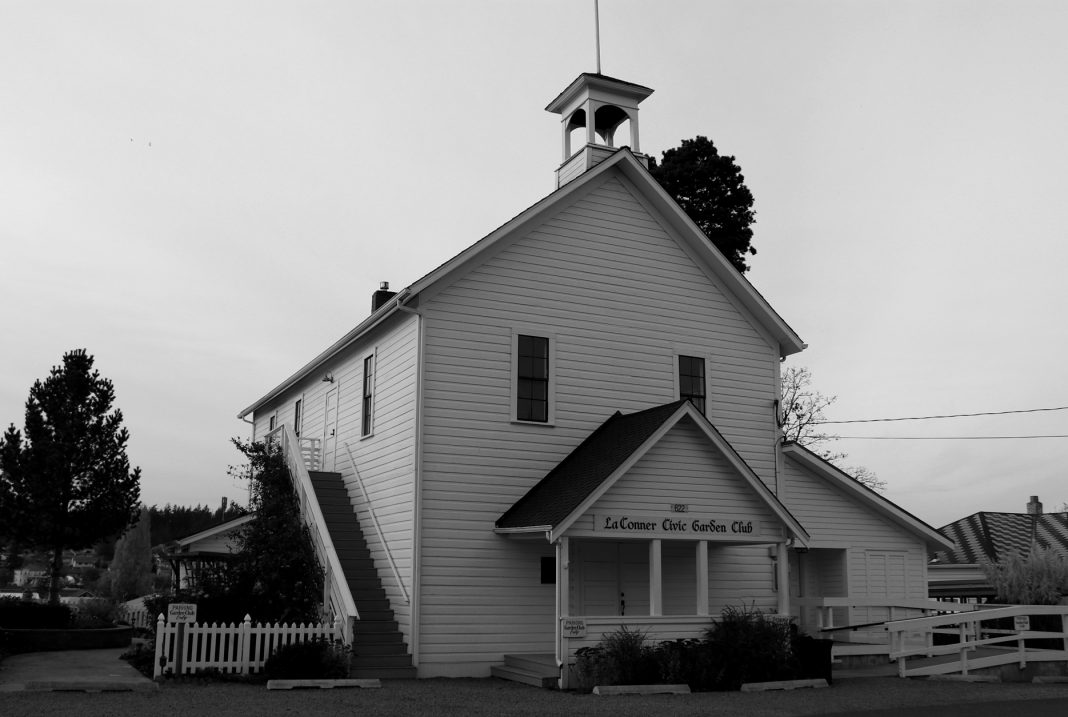Today, most people know La Conner as a fun, touristy hamlet on the banks of Swinomish Channel. After 150 years of existence, the town has retained impressive levels of historic charm and its population has almost always remained under 1,000 residents.
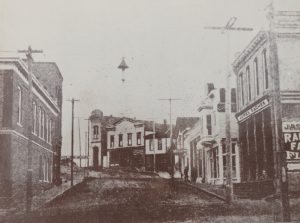
But what do you really know about Skagit County’s earliest settlement? From its heady heyday to its current iteration, La Conner has an important place in the county’s development.
What’s in a Name?
In the early 1860s, the north-south-flowing Swinomish Channel became an important passageway for water traffic between Puget Sound and Bellingham Bay. Along with that traffic came the creation of trading posts. These were places where settlers could buy and barter for important supplies they couldn’t make themselves, from flour and coffee to tools and tobacco.
Around 1865, after a previous trading post on Skagit River’s south fork failed, a man named Alonzo Low opened his own post along the Swinomish, on the shore across from what’s now La Conner. The trading post was also important for nearby Native Americans from the Swinomish Tribe, who could exchange furs for supplies.
Low left the area soon after starting the trading post, and a new owner named Thomas Hayes got the place a post office in 1866. At some point, the trading post jumped banks to La Conner’s present location. In 1869, Hayes was bought out by a man named John S. Conner. More wealthy and educated than his predecessors, Conner took over as postmaster and brought along his wife, Louisa Ann Conner. At the time, she was the community’s only white woman. In 1870, John Conner decided to rename the place in her honor, using her first and middle initials to create the name “La Conner.”
Growth and Change
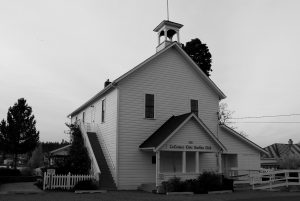
The 1870s saw the addition of many businesses: hotels, a telegraph office, blacksmith shop, drug store, furniture store and a newspaper called The Puget Sound Mail. La Conner became an important port for the steamboats connecting Puget Sound communities of the time, and was also a shipping and supply point for Skagit Valley farmers.
Because the Swinomish flats were drastically affected by tidal changes and frequently flooded in the spring, numerous dikes were constructed, reclaiming land that would prove highly fertile and profitable for crops like oats, barley, hay and potatoes. Working around the water is something that can be seen even today in La Conner: many channel-facing buildings are built on docks and pilings.
La Conner was officially incorporated as a city on November 20, 1883. Eight days later, it became the seat of newly-formed Skagit County, after legislation separated Skagit from Whatcom County. In 1884, the county seat would move to Mount Vernon, and La Conner would both dis-and-reincorporate before the end of the decade.
Into the 20th Century, La Conner remained important to the local agriculture and fishing industries, with most business and commerce shifting further inland to Burlington and Mt. Vernon.
Jo Wolfe, director of La Conner’s Skagit Valley Historical Museum, says the town transitioned to a center for local artists, especially during the 1930s and 40s, and began attracting tourists.
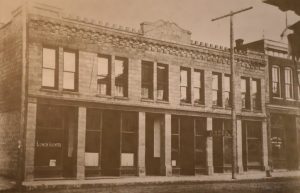
Today, La Conner’s identity primarily remains one of local art and culture: it is home to the Museum of Northwest Art, multiple art galleries, and celebrated author Tom Robbins. Craig Bartlett, the animator who created the hit 1990s cartoon “Hey Arnold!” for Nickelodeon, grew up in La Conner. He drew the historic building images on the historical museum’s current self-guided walking tour pamphlet, and his production company, Snee-Oosh Inc., is named after a place on nearby Swinomish Indian Reservation.
“For people who work and live here, it’s a special place,” Wolfe says.
Shadows of the Past
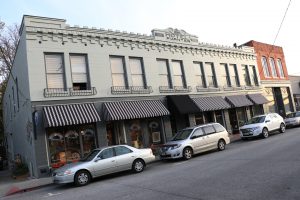
The La Conner Historic District, consisting of many original buildings constructed between about 1875 and 1915, was officially added to the National Register of Historic Places in 1974. To walk La Conner’s First Street, where most of the historic buildings are clustered, is to see where the past and present merge.
A combination of wooden, brick and concrete structures, many have small metal plaques designating their historic status, complete with their year of construction and original purpose. Though some buildings have undergone assorted changes, many still stand just as they did a century ago.
The Hotel Planter, built in 1907, sits next to the 1890-built Nevada Bar building. Fred Eyre Grocery, constructed around 1900, stands next to the lone remaining brick wall of 1877’s McGlinn House. The places that were once old meat markets, saloons and harness shops are now thriving local restaurants, antique shops, and other businesses.
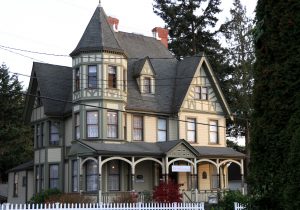
On the hill above First Street sits the Victorian-style Gaches Mansion. Built in 1891, it was severely burned in a 1973 fire, and is now the Pacific Northwest Quilt & Fiber Arts Museum. Near it is 1877-built La Conner Grange Hall. Now the Civic Garden Club, it was once the first court house and county seat in Skagit.
Today, a trip to La Conner and its historic district is a wonderful way to spend a day, and to be reminded of how time and technology shape an area.
































